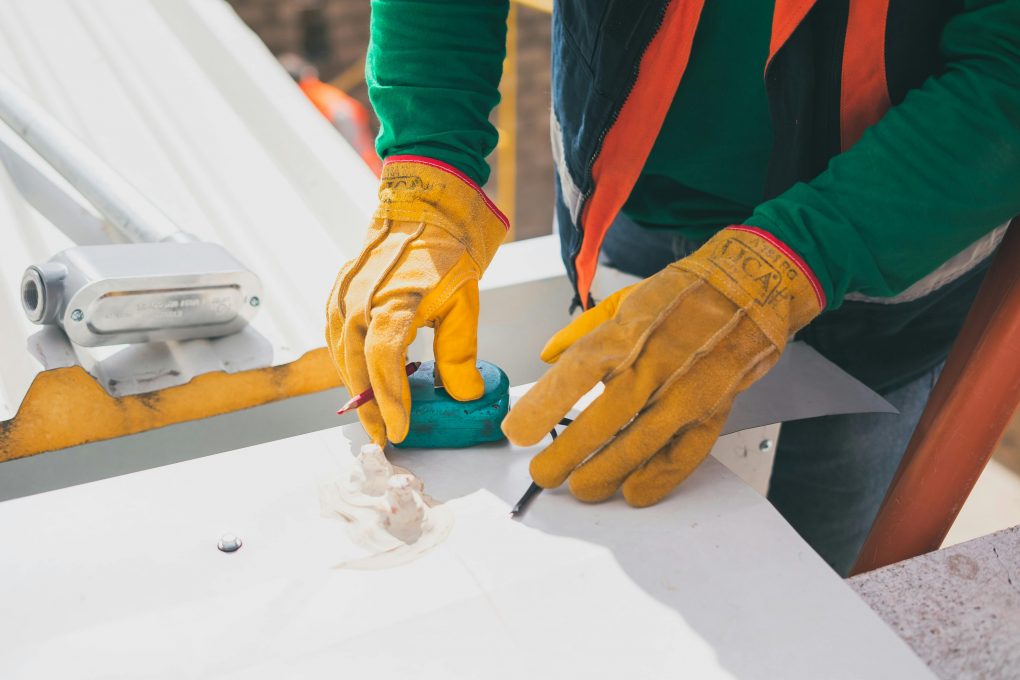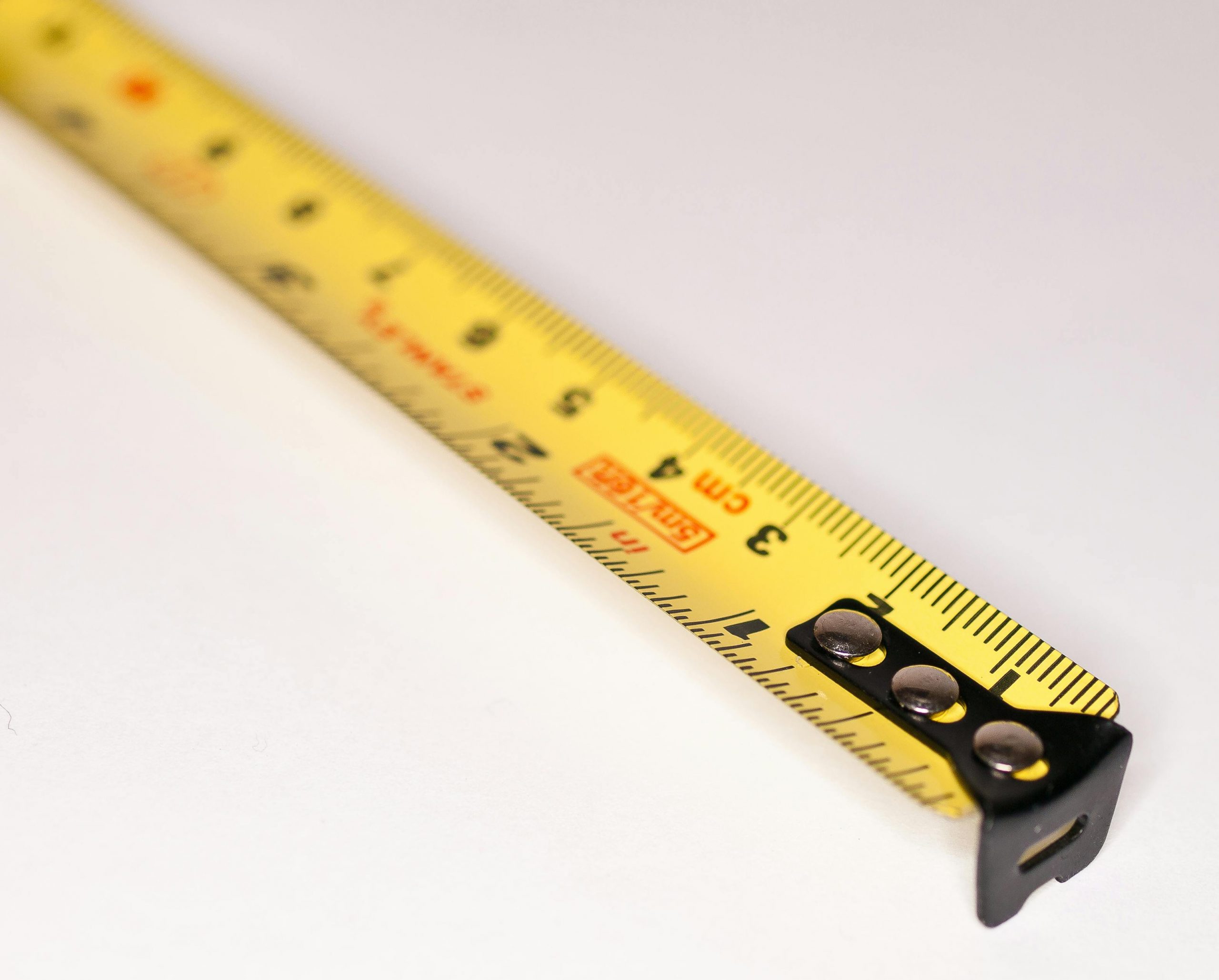
Wear and tear, age, and storms—there are a lot of reasons why your roof may need some attention. If you’re planning a repair or full replacement, one of the first steps is figuring out how to measure a roof for shingles. This isn’t just a contractor’s job. Even as a homeowner, especially with a family and budget to manage, knowing the numbers can help you make smart, cost-effective decisions.
In this guide, we’ll walk you through everything you need to know about measuring your roof for shingles before starting a project—whether you’re hiring a professional or tackling a DIY fix.
Why Do You Need to Measure Your Roof First?
Before you jump into buying shingles or calling in a roofer, having accurate measurements helps you:
- Estimate material costs and avoid overspending
- Reduce waste from buying too many shingles
- Speed up quotes from roofing contractors
- Feel confident in your home repair decisions
When you have a family depending on you, staying within budget and timeline matters. This step puts you in control from the start.
What Tools Do You Need to Measure a Roof for Shingles?
You don’t need anything fancy. Here’s a list of what you’ll want to have on hand:
- Tape measure (25–50 feet works well)
- Notepad or phone to record measurements
- Calculator (or smartphone)
- Ladder (only if you’re comfortable and it’s safe to climb)
- Optional: Roof pitch tool or app, measuring wheel, or drone
Can You Measure a Roof Without Climbing On It?
Yes, you can—and for families with young kids or homeowners who want to avoid injury, this is a big plus. Here are two safer alternatives:
1. Use Satellite-Based Tools
Websites and apps like Roofr, Hover, or EagleView use aerial imagery to estimate your roof’s dimensions. Some even offer free basic reports.
2. Measure from the Ground
You can measure the base of your home from the ground and estimate the slope (roof pitch) using a pitch app or by observing the roof angle from the side. We’ll show you how in the next section.
Step-by-Step: How to Measure a Roof for Shingles Before a Repair
Even if you’ve never done this before, don’t worry. Follow this step-by-step breakdown to get accurate results.
Step 1: Calculate the Square Footage
Most homes have a rectangular roof base. If your home has a complex roof (like multiple levels or angles), break it into smaller sections.
- Measure the length and width of each roof section.
- Multiply length × width = area in square feet
- Add the areas of all sections together.
Example:
If one roof section is 30 feet long and 20 feet wide:
30 × 20 = 600 sq. ft.
If you have 4 sections like that:
600 × 4 = 2,400 sq. ft.
Step 2: Account for the Pitch (Slope) of the Roof
Since roofs aren’t flat, you’ll need to factor in the slope or “pitch.” A steep roof has more surface area, which means more shingles. Here’s a basic roof pitch multiplier chart:
| Roof Pitch | Multiply Area By |
| 3/12 | 1.03 |
| 4/12 | 1.05 |
| 5/12 | 1.08 |
| 6/12 | 1.12 |
| 7/12 | 1.16 |
| 8/12 | 1.20 |
To find your pitch:
- Place a level horizontally on your roof.
- Measure 12 inches along the level.
- From that point, measure the vertical distance up to the roof surface.
- That’s your “rise.” If the rise is 6 inches, your pitch is 6/12.
Example Continued:
2,400 sq. ft. × 1.12 (for a 6/12 pitch) = 2,688 sq. ft.
Step 3: Convert to Roofing Squares
Shingles are sold in “squares,” each covering 100 square feet. Just divide your total roof area by 100.
Example:
2,688 ÷ 100 = 26.88 roofing squares
Always round up and add 10–15% extra for waste, cuts, and future repairs.
So, plan for:
26.88 + 15% = 31 roofing squares
What Types of Roof Shapes Affect Measurement?
Some roofs are easier to measure than others. Here’s how different roof shapes impact the process:
- Gable Roof – Easiest to measure; two sides, usually identical.
- Hip Roof – Slightly more complex; all sides slope down.
- Dormers/Valleys – Add-ons like dormers or valleys will increase your total area.
- Multi-Level Roofs – Break into sections and calculate each separately.
When measuring complex roofs, drawing a simple sketch helps a lot.
Do You Need to Measure Again for Repairs Only?
If you’re doing a partial repair—like fixing a storm-damaged area—you’ll only need to measure that section.
Tips for that:
- Measure the damaged section’s length × width
- Multiply by the slope factor (use the pitch chart above)
- Add 10–15% to cover trimming and overlap
This approach saves money and reduces waste, especially for budget-conscious families. Once you’ve measured your damaged section, your next step might be learning how to install roof shingles to complete the repair.
How Many Shingles Will You Need?
Once you know the roofing squares, check your chosen shingle packaging. Most shingle bundles cover about 33.3 sq. ft., so it takes 3 bundles per square.
Example:
31 squares × 3 = 93 bundles of shingles
Add a few more bundles for peace of mind, especially if your roof has many edges, corners, or unique shapes.
When Should You Call a Roofing Professional?
Measuring your roof for shingles is a great first step—and very doable. But there are times when bringing in a pro makes sense:
- You’re not confident in climbing or measuring slope
- The roof is unusually shaped or steep
- You want a second opinion before buying materials
- You plan to file a homeowners insurance claim and need proof
Some contractors offer free inspections, and many will confirm your measurements during a quote.
Final Thoughts: Measuring Puts You in Control
Knowing how to measure a roof for shingles before a repair or replacement gives you more than just numbers—it gives you confidence. It’s about protecting your investment, planning for the future, and staying within budget as a family.
Whether you end up patching a few missing shingles or replacing the entire roof, starting with accurate measurements keeps your home—and your finances—on solid ground.



